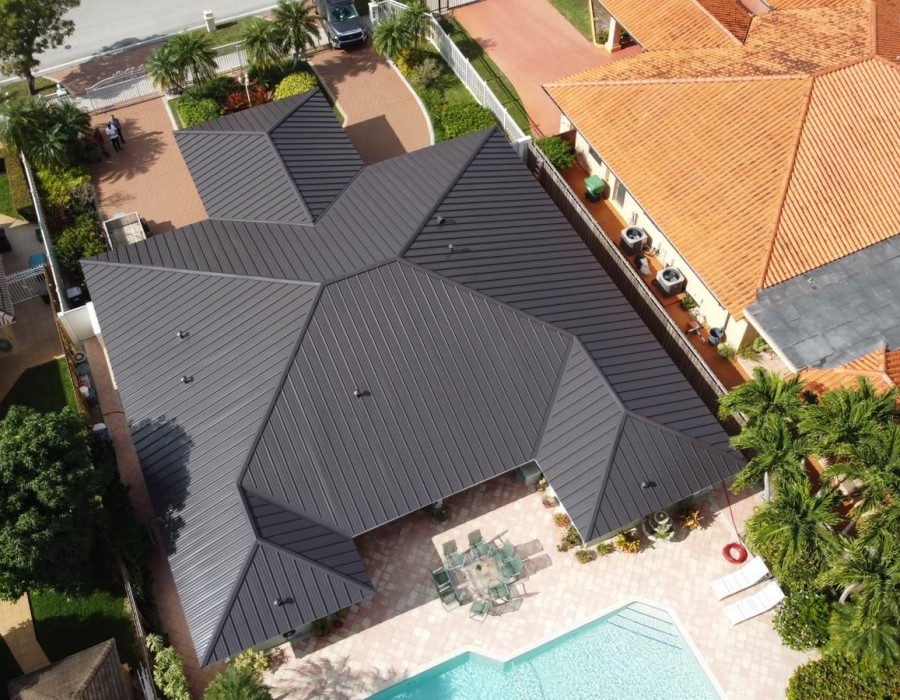The Importance of Roof Waterproofing
Water damage is one of the most insidious threats to any structure. When water seeps into a roof, it can cause a multitude of problems, including mold growth, structural damage, and interior leaks. These issues not only compromise the safety and comfort of the inhabitants but also lead to expensive repairs and maintenance. By implementing roof waterproofing , you create a barrier that prevents water from penetrating the roof, thereby protecting the building’s structural integrity and ensuring a longer lifespan.
Key Benefits of Roof Waterproofing
Prevents Structural Damage: Water infiltration can weaken the structural components of a building, such as beams and supports. Over time, this can lead to significant damage and even collapse. Waterproofing the roof prevents such scenarios by keeping the water out.
Inhibits Mold Growth: Moisture creates the perfect environment for mold and mildew to thrive. Mold not only damages building materials but also poses serious health risks to occupants. Waterproofing helps maintain a dry environment, thereby inhibiting mold growth.
Energy Efficiency: A waterproofed roof contributes to better insulation, which can help maintain indoor temperatures more effectively. This reduces the strain on heating and cooling systems, leading to lower energy bills and a more comfortable living environment.
Cost Savings: While waterproofing may require an initial investment, it is cost-effective in the long run. It minimizes the need for frequent repairs and extends the life of the roof, offering significant savings on maintenance costs.
Methods of Roof Waterproofing
Several methods and materials are used in roof waterproofing, each suited to different types of roofs and specific needs:
Liquid Waterproofing Membrane: This method involves applying a liquid coating that cures to form a seamless, rubber-like membrane. It is ideal for roofs with complex shapes and details.
Bituminous Membrane: Commonly used for low-sloped roofs, bituminous membranes are composed of asphalt or coal tar. They are highly effective and durable, providing excellent waterproofing protection.
Thermoplastic Polyolefin (TPO): TPO membranes are single-ply roofing membranes known for their durability and heat-reflective properties. They are welded together to form a continuous barrier against water.
EPDM Rubber: EPDM is a synthetic rubber material that offers excellent resistance to weathering and UV radiation. It is particularly effective for flat and low-slope roofs.
Best Practices for Roof Waterproofing
To ensure the effectiveness of roof waterproofing, certain best practices should be followed:
Regular Inspections: Regular inspections help identify potential issues before they become major problems. Look for signs of wear, damage, or water infiltration.
Proper Installation: The quality of installation is crucial for the success of any waterproofing method. It is advisable to hire experienced professionals to ensure the job is done correctly.
Maintenance: Even with waterproofing, Roof Replacement Florida routine maintenance is essential. Keep the roof clean, clear of debris, and promptly address any damage.
Use of Quality Materials: Investing in high-quality waterproofing materials can make a significant difference in the durability and effectiveness of the waterproofing system.






Comments